10 Most Visually Stunning Games On Game Boy Advance | Game Rant
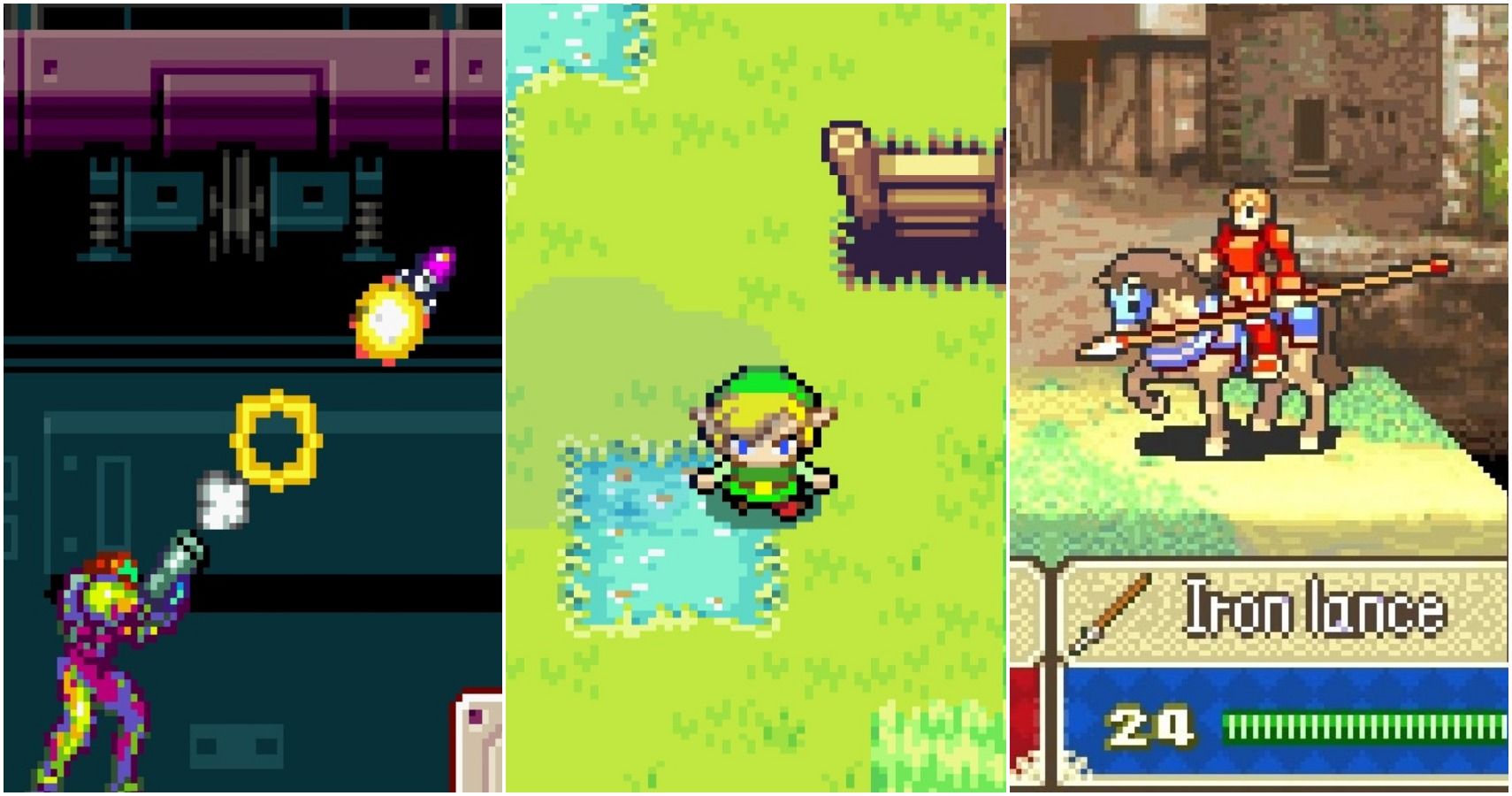
Nintendo's Game Boy Advance handheld released 19 years ago. Featuring 16-bit graphics, the successor to the Game Boy Color could emulate SNES titles. Minus drawbacks to audiovisual quality, as well as the lack of X and Y buttons, the GBA shockingly put classics, such as Super Mario World and A Link to the Past, to work on the system.
Even when compared to the SNES, the Game Boy Advance held up with some surprisingly impressive visuals. GBA titles used various art styles and techniques that looked beyond the system's capabilities. These 10 amazing games featured will showcase the strength of Nintendo's Game Boy Advance in terms of visual production.
10 Golden Sun
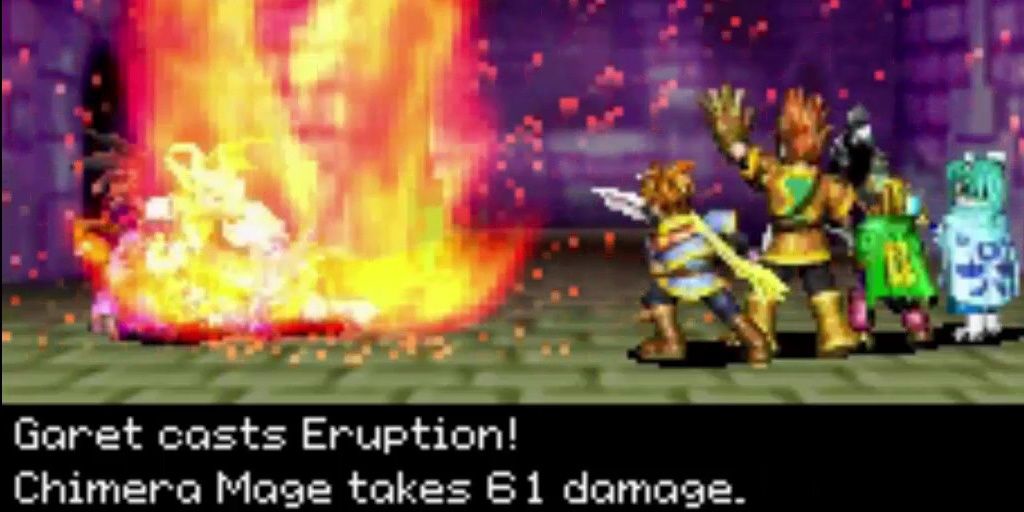
Camelot, the developers of Sega's Shining series, developed Golden Sun as a first-year release for Game Boy Advance. This JRPG featured brilliant, beautiful visuals and animations both on the map and especially in battle. The angle and animations gave it a pseudo-3D look.
The battle animations particularly went above and beyond any JRPG of the 16-bit era. Magic and summon animations featured colossal beings that unleashed devastation on their enemies. The summon animations look like they took a cue from the PlayStation JRPGs such as Final Fantasy and The Legend of Dragoon.
9 Castlevania: Aria of Sorrow
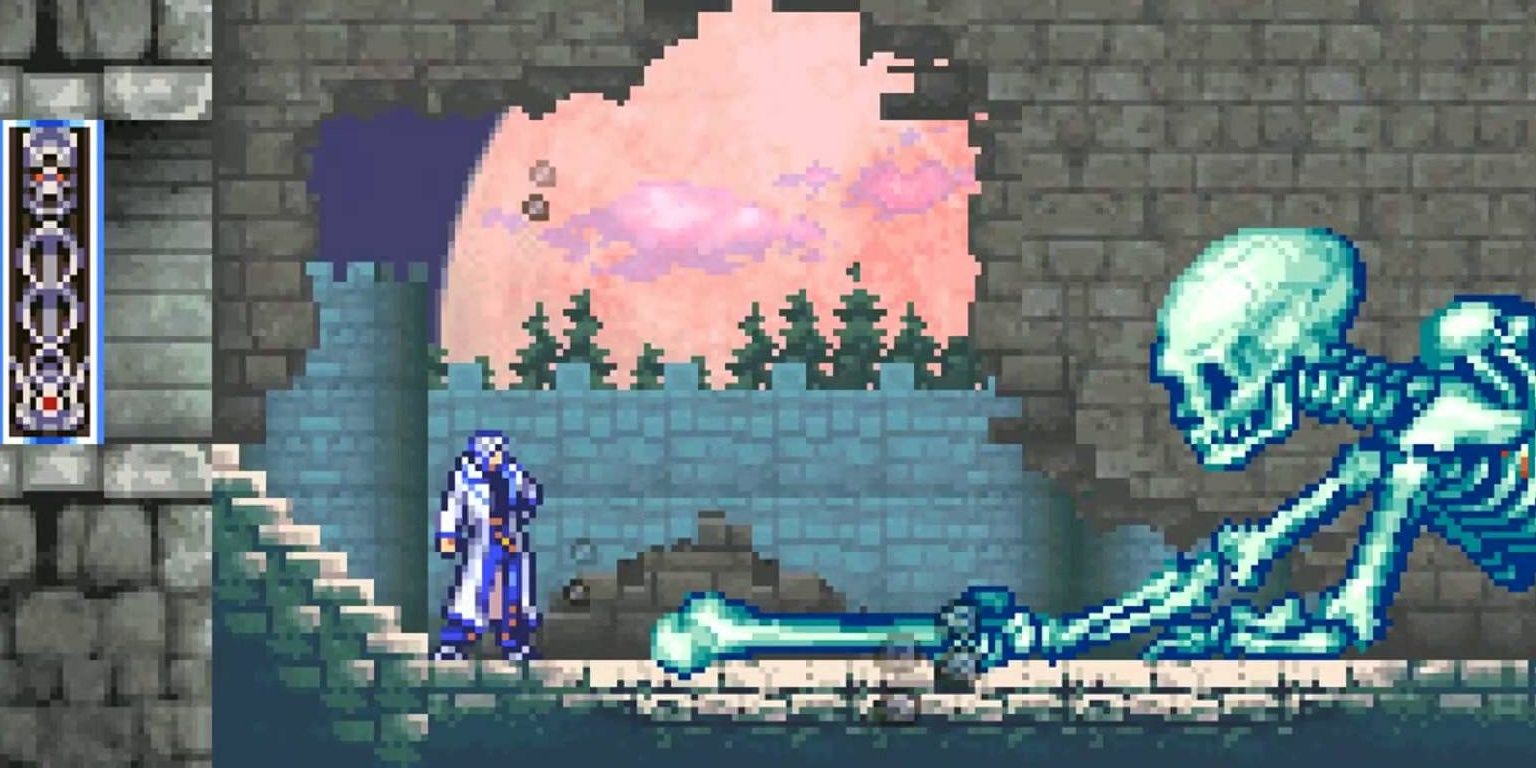
Castlevania: Aria of Sorrow continues the aesthetic originally designed in Castlevania: Rondo of Blood and Symphony of the Night. The bright colors compliment the eerie, gothic atmosphere of Dracula's Castle. The beautifully drawn backgrounds of each level feature exquisite levels of background design.
Along with the gorgeous enemy animations, Soma's own animations look bright and detailed. His coat flows as if the wind blows through it with every movement. While its predecessor, Castlevania: Harmony of Dissonance, utilized even brighter colors, Aria of Sorrow did not require a blue character outline to showcase their animations.
8 The Legend of Zelda: The Minish Cap

Following The Legend of Zelda: A Link to the Past featuring Four Swords, Minish Cap was Link's second foray onto the GBA. Utilizing Four Swords' art style, itself inspired by The Wind Waker for GameCube, this short-but-sweet adventure breathed new life into the land of Hyrule.
Minish Cap's pretty colors fall under titles like Mario & Luigi: Superstar Saga and Mother 3, which bring vibrant detail to enemy designs, dungeons, and even deliver clever lighting effects. Minish Cap's animations and varied landscapes bring a gorgeous design to the Game Boy Advance.
7 Kingdom Hearts: Chain of Memories
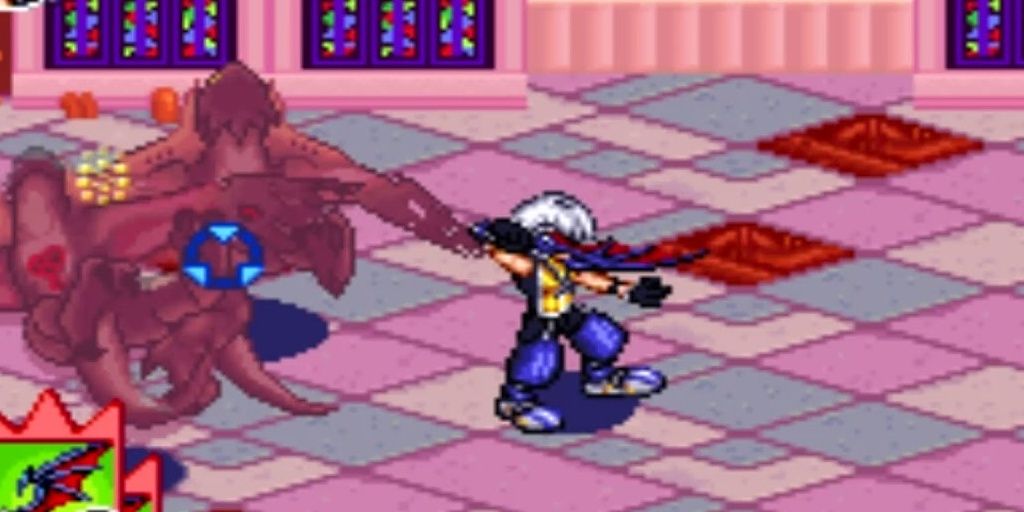
The midquel title following the PS2's Kingdom Hearts, Chain of Memories featured Sora, Donald, and Goofy in a sprite-based handheld title. The gorgeous sprite work and animations featured Disney characters as well as Final Fantasy ones. Cloud Strife was even a summon.
But perhaps the most impressive feature of Chain of Memories was its ability to use full FMV. These cutscenes were animated similarly to the PS2 title. That the Game Boy Advance was capable of something like this impressed many players back in the day.
6 Yoshi's Island: Super Mario Advance 3

Super Mario Bros. 2 and Super Mario World preceded Yoshi's Island on the GBA. Built with the FX2 Chip, on the SNES, Yoshi's Island never had a 1:1 port re-release. The GBA version, however, substituted it and still animated well. The Touch Fuzzy, Get Dizzy stages didn't push the GBA to the same limit that the SNES did. Without the FX2 Chip, the backgrounds would not rotate.
However, to still emulate a gorgeous title like Yoshi's Island took nothing short of professional craftsmanship. All the well-animated bosses, Yoshi's facial expressions, enemies, and background art all became faithfully recreated in Nintendo's ambitious handheld title.
5 Metroid Fusion
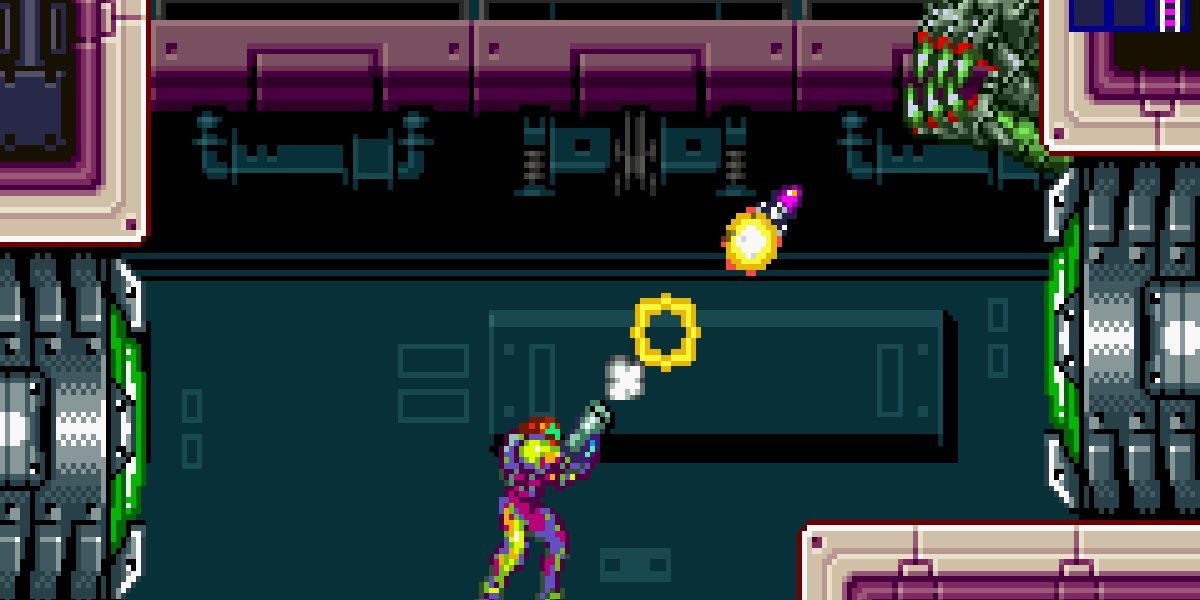
Super Metroid, on SNES, was among Nintendo's most ambitious titles. The vibrant animations of Samus, the ever-changing landscape of Planet Zebes, and the enormous monsters she fought were a cut above most games. Metroid Fusion delivered all that and then some.
The game opens up with a largely animated cutscene. Some of the most impressive effects come from the heat waves of Sector 3. Plus Sector 5 even changes its background entirely once a boss, Nightmare, destroys it.
4 Rhythm Tengoku
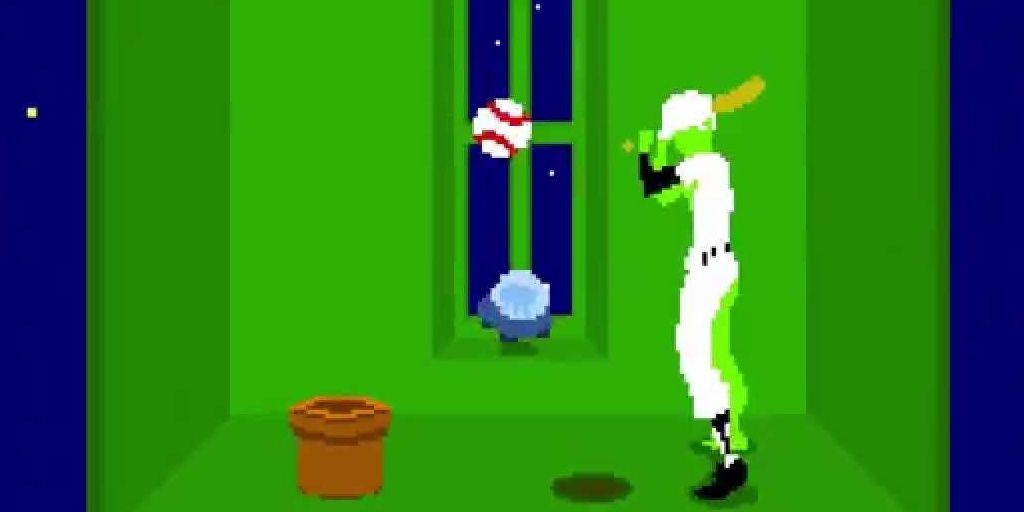
Exclusive to Japan, Rhythm Tengoku featured simplistic designs in a Japanese rhythm game. This quirky titled offered much in the way of music. But at first glance, it didn't seem to value visuals as much.
Yet, if you play the Spaceball, Samurai Slice, and Night Walk mini-games, you'll notice nothing in common with them. Rhythm Tengoku utilizes a variety of art styles in every one of its mini-games. The Baseball game, in particular, uses some of the best-looking pseudo-3D effects on the GBA. Note that the Rhythm Tengoku series would eventually come to the west labeled as Rhythm Heaven. Rhythm Heaven Megamix, for 3DS, features mini-games from all titles in the series including the Japanese-exclusive GBA title.
3 WarioWare: Twisted!

Much like the Rhythm Heaven series, WarioWare features charming, simplistic visuals at a first glance. Also much like the former, you'll see various art styles used throughout the mini-game list.
What separates WarioWare from the rest is its use of realistic objects and even people. WarioWare's gorgeous aesthetic comes straight from real life itself along with the cartoonish visuals. As a bonus, WarioWare Twisted allows you to play the game by rotating it. This includes renditions of three stages straight from Super Mario Bros.!
2 Fire Emblem: Blazing Blade
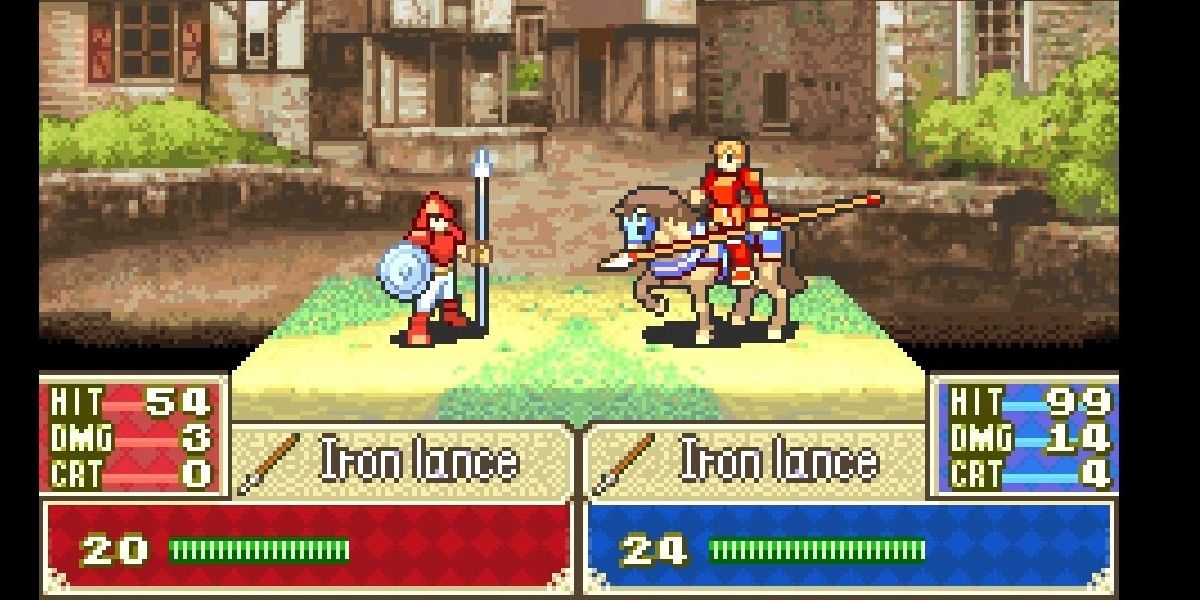
While the visual style originated from Fire Emblem: Binding Blade, the title was never released outside of Japan. All three Fire Emblem titles used the same art style and animations. However, Blazing Blade introduced western fans into the series. The animations for each class were carefully detailed with flashy animations.
Particularly, the Critical Hits used featured afterimages or destructive magic. When promoted, Lyn offered the best-looking criticals in perhaps the entire series. Blazing Blade separates itself from the other titles for this feat alone.
1 Mario & Luigi: Superstar Saga
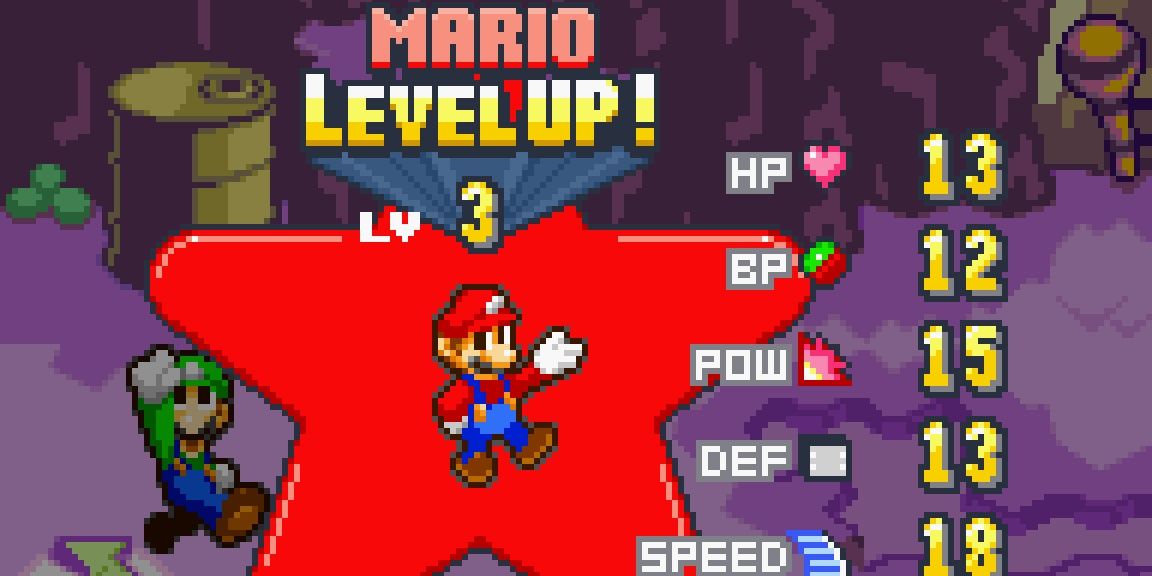
The third Mario RPG title was developed by Alphadream. Serving as a separate entity from Super Mario RPG and Paper Mario, Superstar Saga brought Mario & Luigi together on an adventure to Beanbean Kingdom.
The GBA handled its beautifully-colored cartoonish art style remarkably well. The animations from cave waterfalls, bubbling lava, and even the hellish landscape of the final boss battle look gorgeous today. The memorable boss design and their variety of facial expressions contribute heavily to Mario & Luigi's adventure. It's a remarkable visual design.

Post a Comment